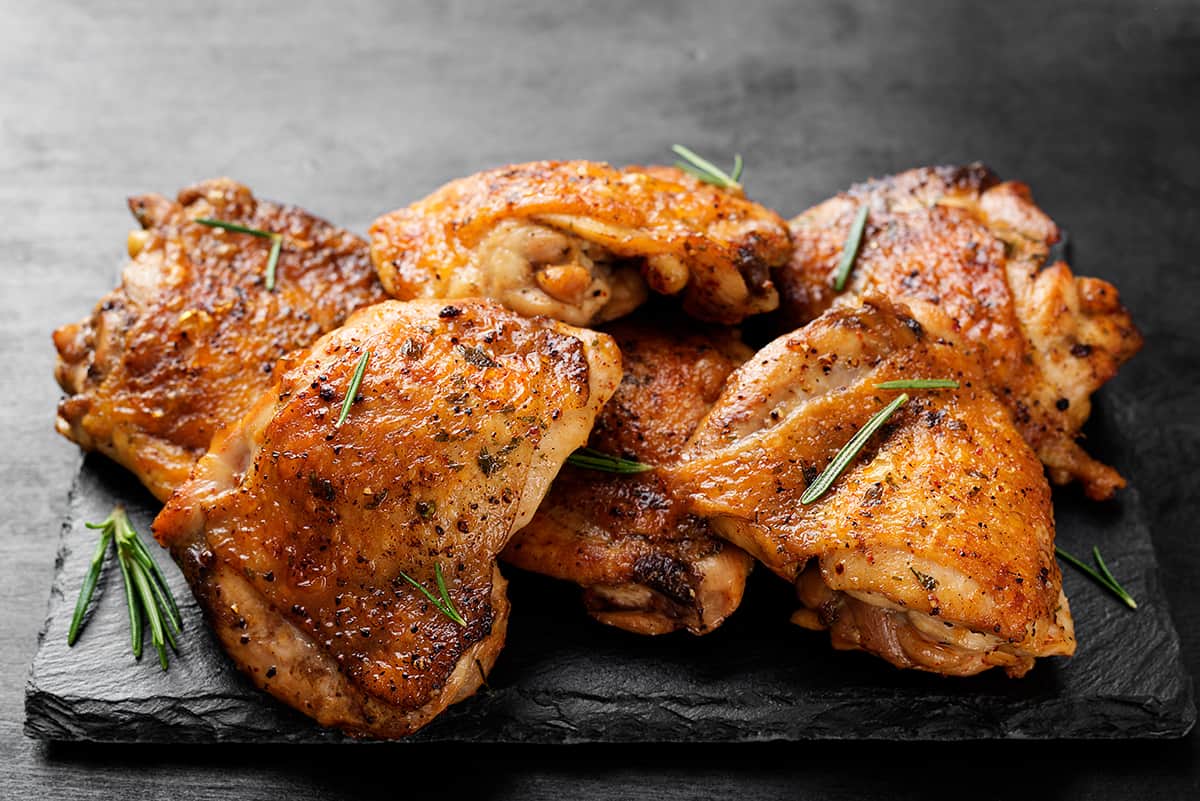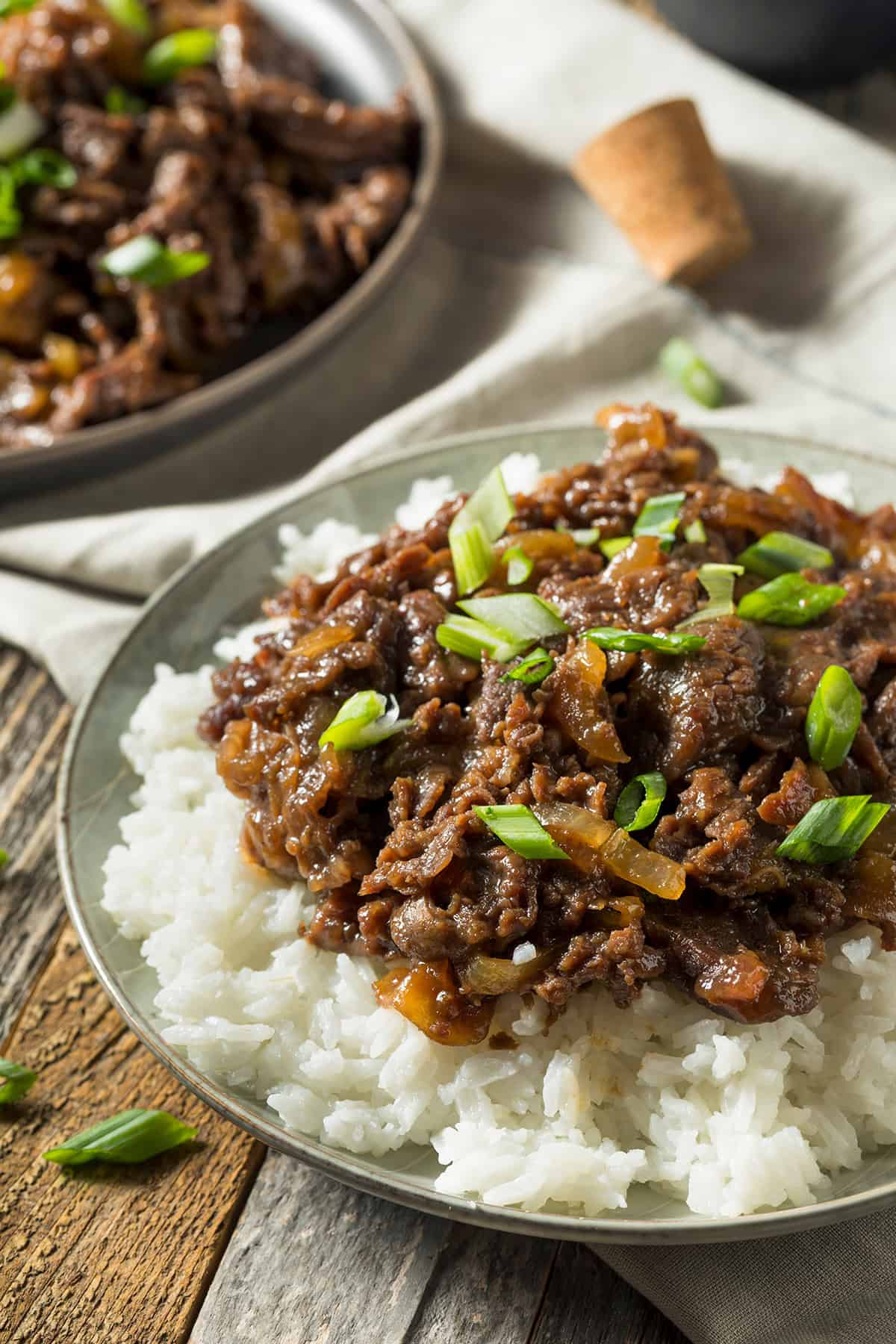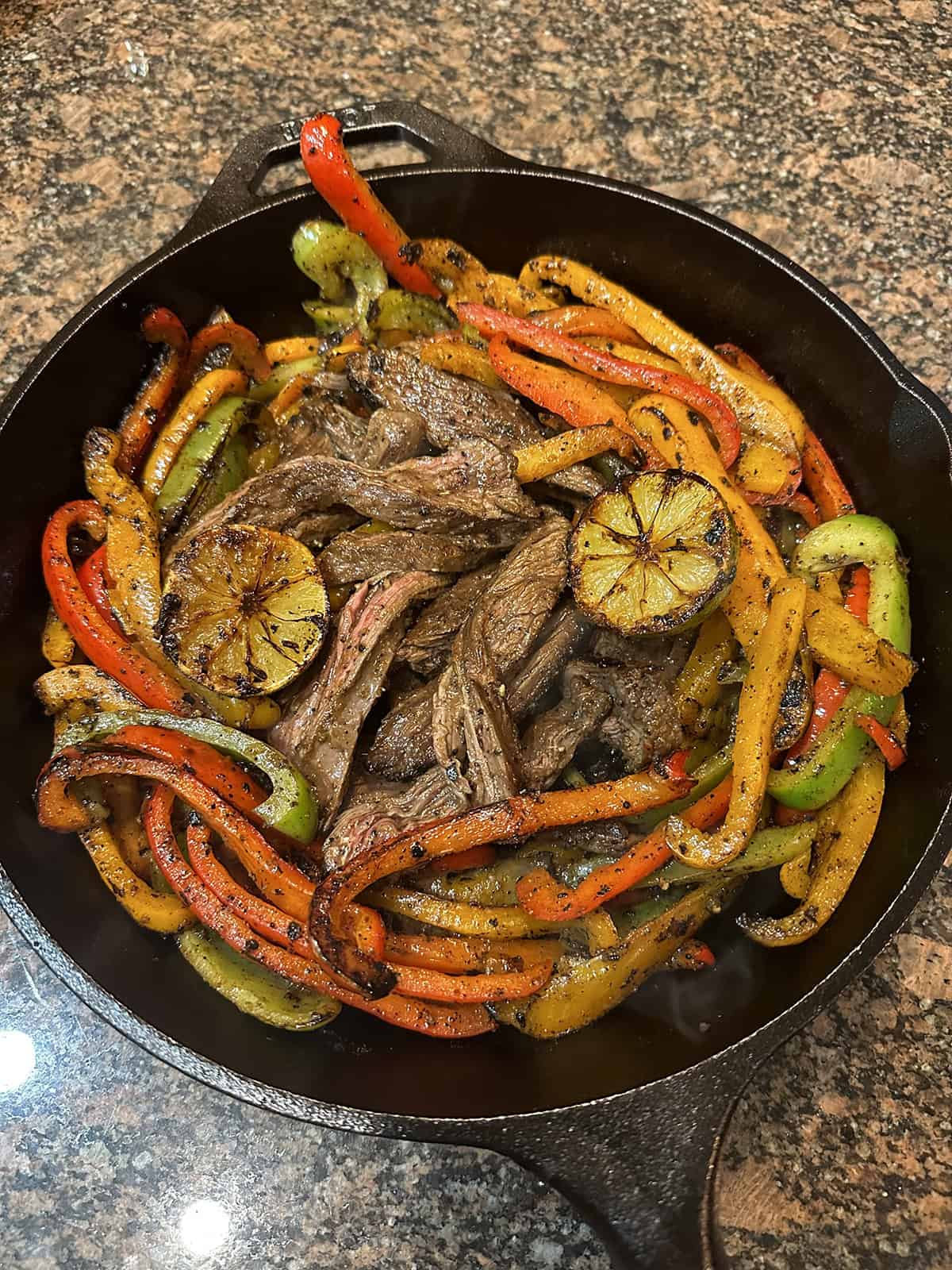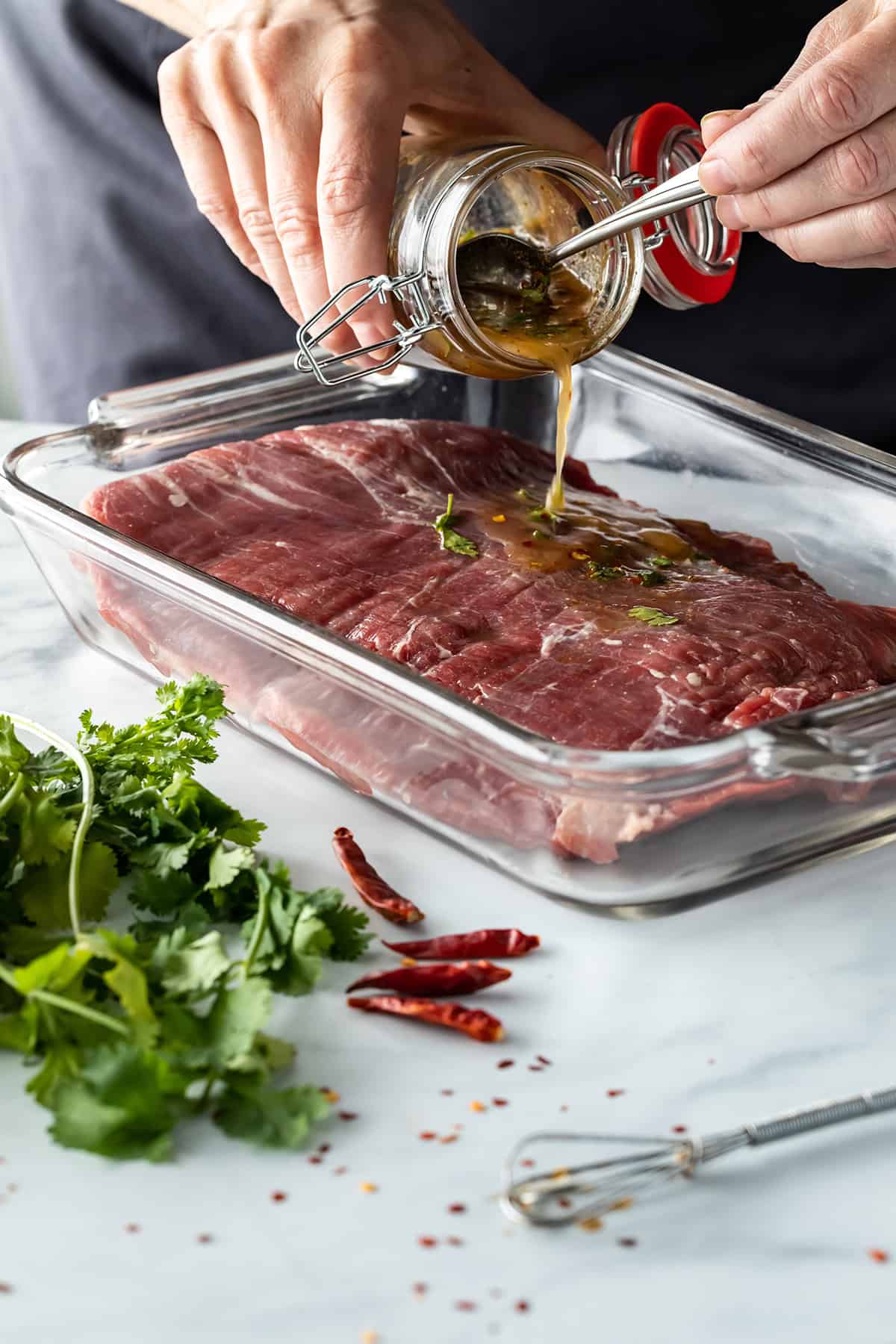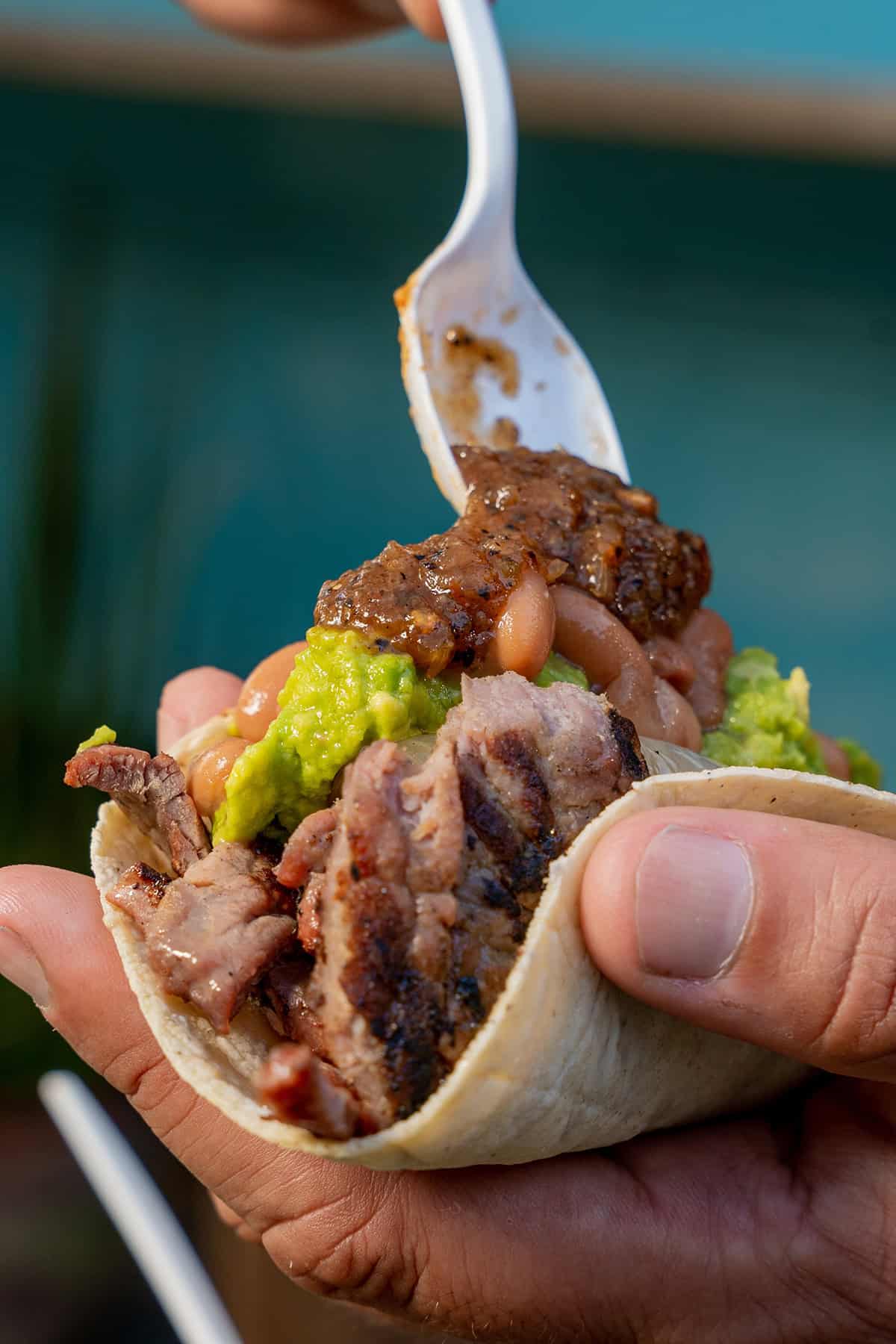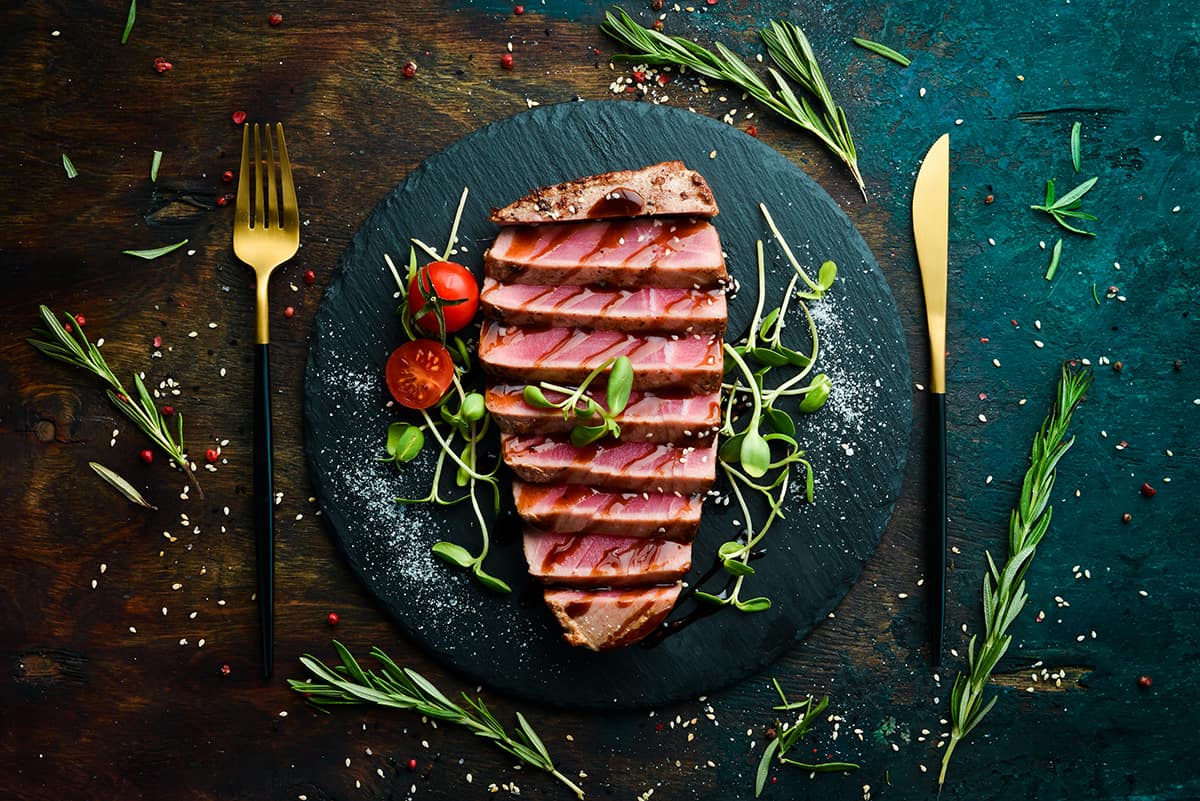Let’s chat about chicken thigh internal temps! It’s a hot topic (pun intended) because you have to cook them right to avoid food poisoning. we’re talking thighs here, not breasts, so the temp is different.
The appropriate internal temperature for cooked chicken thighs is 165°F (74°C). This temperature is crucial in ensuring the elimination of harmful bacteria. To accurately measure the internal temperature, it is necessary to use a reliable meat thermometer.
Today, I’ll explain the various ways of cooking chicken thighs (and what temps to keep an eye out for), how you can gauge the doneness of your thighs, and what mistakes you should avoid when cooking chicken thighs.
Understanding Chicken Thighs
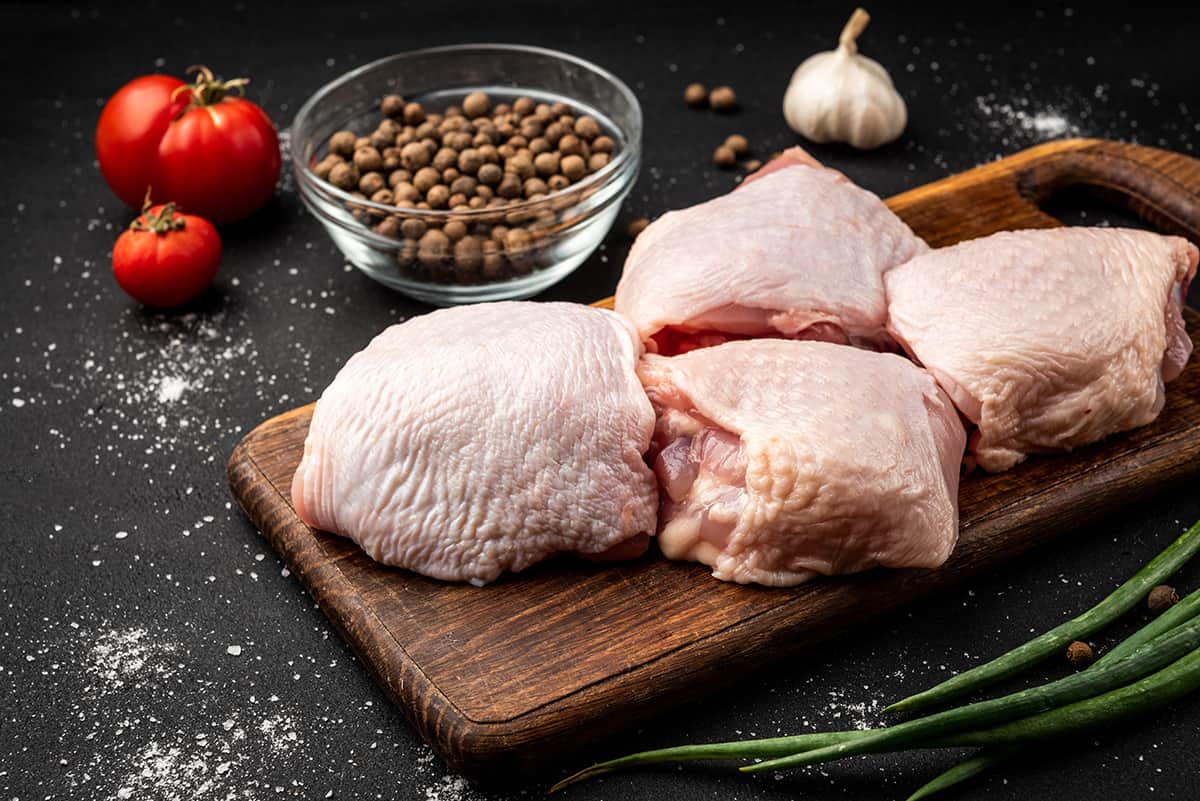
Chicken thighs are the upper part of the chicken leg, located between the drumstick and the rest of the chicken’s body. This cut of meat consists of dark meat and is attached to a single bone.
These cuts are popular for cooking due to their rich flavor, juiciness, and tenderness. The higher fat content in this cut of meat contributes to its succulence and makes it less prone to drying out during cooking compared to leaner cuts, such as chicken breasts.
A chicken thigh can be divided into three parts—the meat, the skin, and the bone. The meat is dark and tender, the skin is fatty and can become crispy when cooked, and the bone provides structure and additional flavor to the thigh.
The Ideal Chicken Thigh Internal Temp
The ideal internal temperature for cooked chicken thighs is 165°F (74°C). This temperature ensures the elimination of harmful bacteria and results in a tender, flavorful, and safe-to-eat product.
Cooking chicken thighs to the correct internal temperature is vital for food safety, as undercooked poultry can harbor harmful bacteria, such as Salmonella, which can lead to foodborne illnesses. Moreover, achieving the right temperature ensures a tender and juicy outcome, enhancing the overall dining experience.
Cooking Techniques and Internal Temperatures
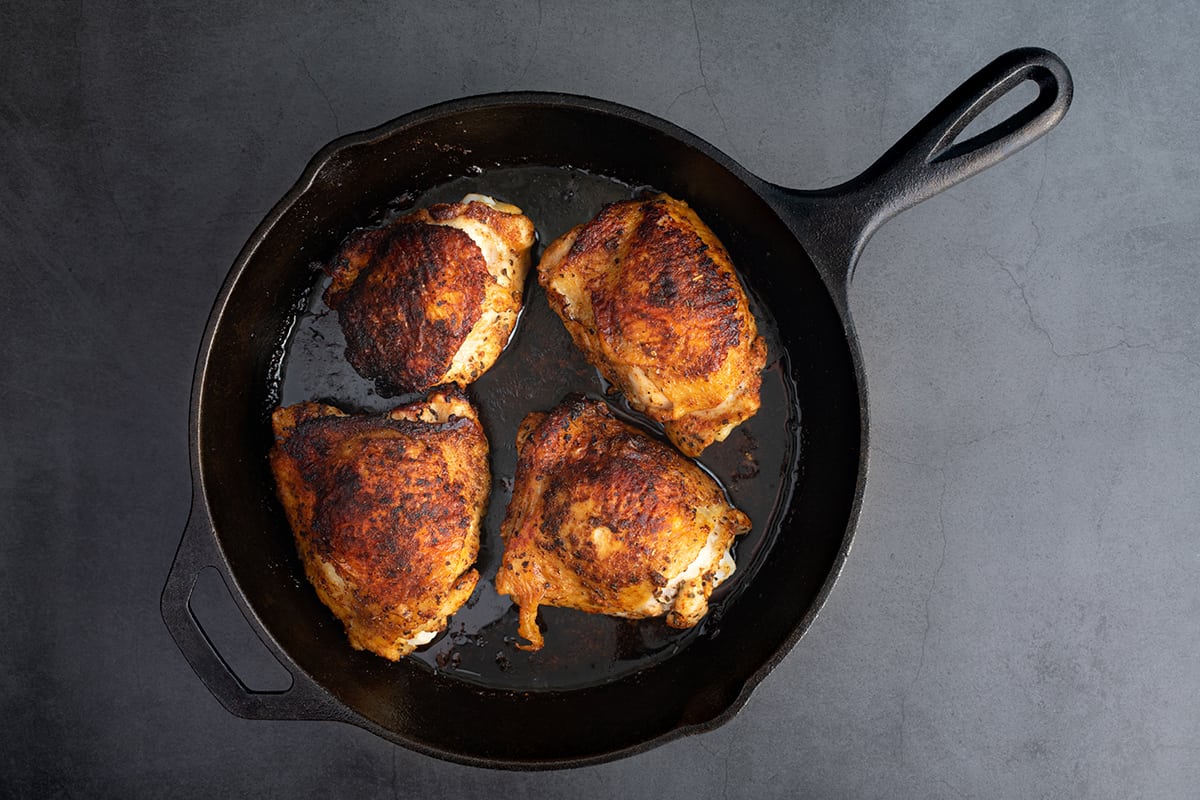
Cooking techniques and internal temperatures are crucial for achieving perfectly cooked chicken thighs. Different methods require specific temperatures and cooking times to ensure food safety and optimal taste and texture. Let’s explore some popular techniques and their requirements.
1. Baking and roasting
Baking or roasting chicken thighs in the oven is a popular and easy technique. The recommended temperature for this method is 375°F (190°C) for bone-in thighs and 350°F (175°C) for boneless. Cook bone-in thighs for approximately 45-50 minutes and boneless for 25-30 minutes. To ensure juicy and tender chicken thighs, marinate or season them before baking and use a meat thermometer to check for an internal temperature of 165°F (74°C).
2. Grilling
Grilling imparts a smoky flavor to chicken thighs and can be done using direct or indirect heat. For direct heat grilling, preheat the grill to medium-high heat and cook the thighs for 6-8 minutes per side. For indirect heat, preheat the grill to 325°F (163°C), place the thighs away from the direct heat source, and cook for 25-30 minutes, flipping occasionally. The perfect internal temperature for grilled chicken thighs is 165°F (74°C).
3. Pan-searing and stovetop cooking
Pan-searing or stovetop cooking provides an opportunity to achieve a crispy exterior while maintaining a moist interior. Use medium-high heat and preheat the pan with oil before adding the thighs. Cook bone-in thighs for about 6-8 minutes per side and boneless for 4-6 minutes per side. Utilize a meat thermometer to ensure even cooking and an internal temperature of 165°F (74°C).
4. Slow cooking and braising
Slow cooking and braising chicken thighs involve a low and slow approach, allowing the flavors to meld and the meat to become tender. In a slow cooker, cook the thighs on low for 6-8 hours or high for 3-4 hours. For braising, cook the thighs in a covered pot on low heat for 45-60 minutes. Check the internal temperature to ensure it reaches 165°F (74°C).
5. Sous vide cooking
Sous vide cooking offers precise temperature control and consistently cooked chicken thighs. Set the sous vide device to 165°F (74°C) and cook the thighs for 1.5-2 hours for boneless or 2-3 hours for bone-in. Finish the thighs by searing them in a hot pan for 1-2 minutes per side to add a flavorful crust. The advantages of sous vide cooking include even cooking, minimal moisture loss, and enhanced flavor.
Methods for Checking Internal Temperature
Accurately measuring the internal temperature of chicken thighs is essential for food safety and quality. In this section, we will discuss various methods, their pros and cons, and tips for precise temperature readings.
1. Meat thermometer
A meat thermometer is a culinary tool designed to measure the internal temperature of meat, poultry, and other cooked foods, ensuring that they have reached a safe and optimal temperature for consumption. This instrument plays a crucial role in determining the doneness of chicken thighs and preventing undercooking, which can lead to foodborne illnesses.
Here’s how you use it:
- Cook chicken thighs using your preferred method.
- Insert thermometer probe into thickest part, avoiding bone.
- Wait for temperature reading to stabilize.
- Confirm internal temperature reaches 165°F (74°C).
2. Touch test
The touch test is a technique for assessing food doneness, particularly meat, by pressing it with a finger or utensil to gauge its firmness. As meat cooks, its texture changes, becoming firmer. By comparing the feel of the cooked meat to various reference points, such as the fleshy part of your palm, you can estimate its doneness. This method requires practice and experience to master, but here’s how you do it:
- Cook chicken thighs using the preferred method.
- Touch the thickest part of the thigh gently.
- Assess firmness and resistance to touch.
- Compare the feel to reference points (e.g., palm or fingertips).
- If the thigh feels firm and springs back, it’s likely done.
3. Visual cues
- Golden-brown exterior—The skin should have a rich, golden-brown color.
- Opaque flesh—The meat should appear fully opaque and firm to touch.
- No pinkness—There should be no visible pinkness near the bone.
- Clear juices—When pierced, the juices should run clear, not pink or bloody.
Common Mistakes to Avoid When Cooking Chicken Thighs
- Overcooking—This can result in dry and tough meat. Monitor the cooking time and use a meat thermometer to ensure the correct internal temperature is reached.
- Undercooking—Consuming undercooked chicken can lead to foodborne illnesses. Always ensure the internal temperature reaches 165°F (74°C).
- Cooking with cold meat—Allow the chicken thighs to rest at room temperature for approximately 30 minutes before cooking, promoting even cooking and better browning.
- Crowding the pan—Overcrowding can result in uneven cooking and steaming, rather than browning. Cook in batches if necessary, to ensure ample space for each piece.
FAQs
1. Can I use a different cut of chicken instead of thighs?
Yes, you can substitute other cuts of chicken, such as breasts or drumsticks, but bear in mind that the cooking times and internal temperature requirements may vary depending on the cut.
2. How can I add more flavor to my chicken thighs?
Marinating chicken thighs in a mixture of herbs, spices, and liquid ingredients can infuse additional flavor. Alternatively, you can season the meat with a dry rub or baste it with a sauce during cooking.
3. Can I cook chicken thighs from frozen?
While it is possible to cook chicken thighs from frozen, it is not recommended, as it may result in uneven cooking and a less desirable texture. It is best to thaw the chicken thighs in the refrigerator before cooking.
4. How should I store leftover cooked chicken thighs?
Store leftover cooked chicken thighs in an airtight container in the refrigerator for up to 3-4 days. For longer storage, wrap the thighs tightly in plastic wrap or aluminum foil and freeze for up to 2-3 months.
5. What are some common dishes that feature chicken thighs?
Chicken thighs can be used in a variety of recipes, such as grilled or baked chicken, stir-fries, stews, curries, and casseroles. The versatility of this cut makes it a popular choice in many global cuisines.
